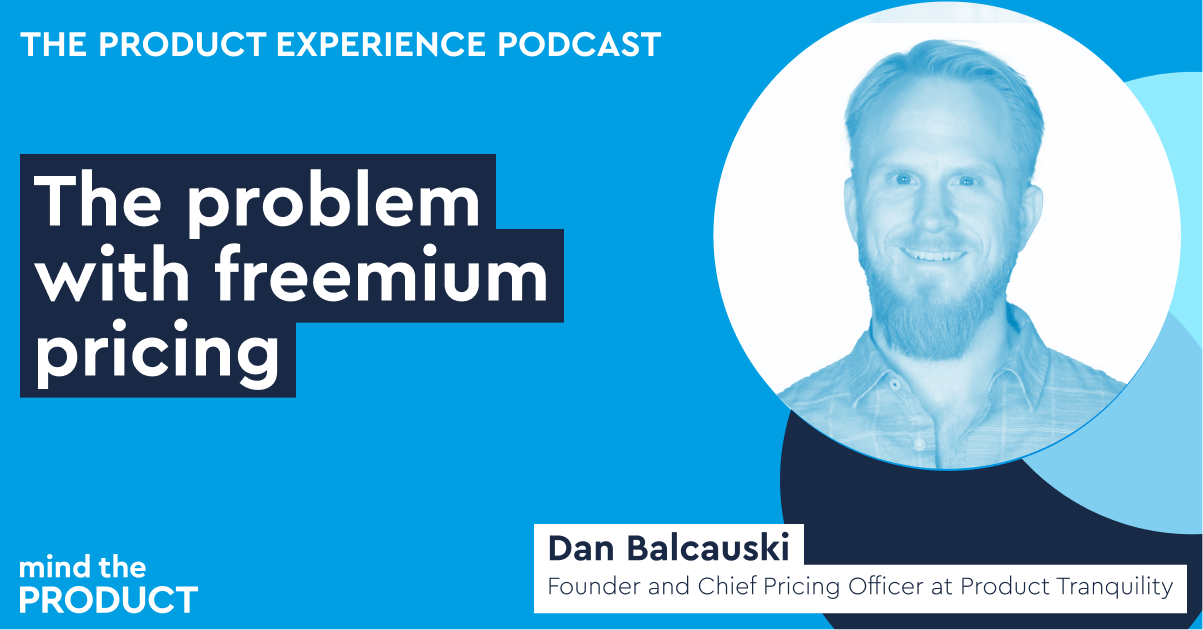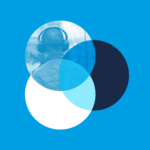Podcast
JUL 27, 2022
Designing inclusive products — Saielle DaSilva on The Product Experience
Read next

Podcast
Demystifying freemium pricing – Dan Balcauski (Chief Pricing Officer)

The Product Experience
- 39 min read

Podcast
Rerun: 5 product principles for every product manager – Esha Shukla on The Product Experience

The Product Experience
- 39 min read



Comments
Join the community
Sign up for free to share your thoughts